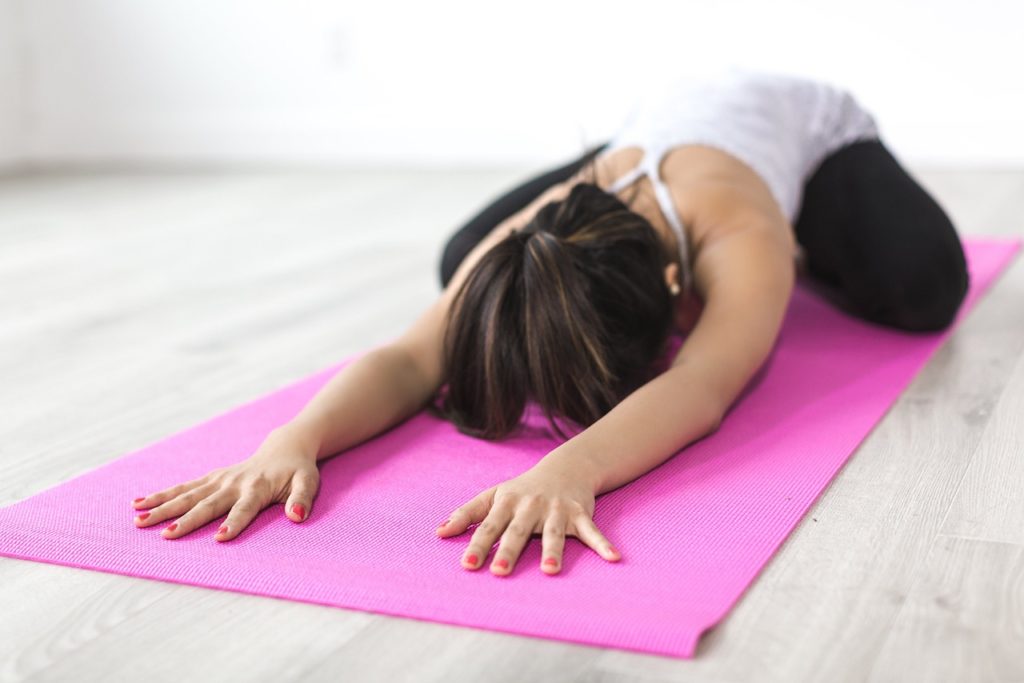Body language, or non-verbal communication, is a fundamental aspect of human interaction. It provides a rich, wordless language that often speaks volumes more than what is verbally communicated. As you navigate through daily life, you might encounter various instances of body language that may seem ordinary but carry a more profound meaning. A typical example is when a woman stretches in front of you. This seemingly mundane gesture can encompass various layers of communication depending on the situation, the individuals involved, and cultural background. In this article, we will delve into the intricacies of body language, specifically focusing on what it means when a woman stretches in front of you.
Understanding the Basics of Body Language
General Body Language Cues
Body language includes postures, gestures, facial expressions, and eye movements. The way people stand, the movements they make, the expressions on their faces, and the way they look at things – all of these aspects offer subtle hints about their feelings, attitudes, and intentions.
For instance, crossed arms might indicate defensiveness or self-protection. Frequent eye contact might suggest interest or attentiveness, while constant fidgeting could denote nervousness or unease. Of course, these interpretations are not universally applicable as they can greatly depend on the cultural context, the individual’s personality, and the situation.
Female Body Language Specifics
When it comes to female body language, there are some nuances to consider. Often, women are considered to be more expressive in their body language than men. This expressiveness may manifest in various ways, such as more animated facial expressions, more frequent use of gestures, or subtle shifts in posture to communicate comfort or discomfort.
While these general patterns can be informative, it is essential to avoid stereotypes or overgeneralization. Each person, regardless of gender, is unique, and their body language reflects their individuality, personality, and cultural upbringing.

The Meaning of Stretching in Body Language
Analysis of Stretching as a Non-verbal Communication
Stretching in body language can have several meanings depending on the context. Generally, it is a form of self-soothing gesture that people use to release tension and regain comfort. However, when done in the presence of others, it may also serve as a non-verbal cue, communicating different messages depending on the situation.
In some instances, stretching might be a way to command attention. It increases the person’s presence, making them more noticeable. In other cases, it can be an unconscious reaction to boredom, fatigue, or restlessness. Understanding the exact meaning requires observing the surrounding circumstances and additional non-verbal cues.
Cultural and Situational Considerations
The meaning of stretching, like many other body language cues, can greatly vary across different cultures. In some cultures, it might be considered rude or inappropriate to stretch in public, especially in front of someone. In other cultures, it could be seen as a natural, casual act without any deeper implications.
Similarly, the situation plays a crucial role. A stretching gesture in a gym setting has an entirely different meaning compared to a business meeting or a casual social gathering. Hence, it is important to factor in the cultural and situational context when interpreting this gesture.

Interpreting When a Woman Stretches in Front of You
Analyzing Various Scenarios
The interpretation of a woman stretching in front of you largely hinges on the nature of your relationship and the context of the situation.
In a casual, friendly setting, the gesture might just be a sign of comfort and ease around you. In a more formal context, like a professional meeting, it might indicate restlessness or boredom. In a more intimate setting, it could potentially be a subtle way to attract attention or express interest.
Possible Interpretations Based on Context
In a gym or fitness context, a woman stretching in front of you probably doesn’t hold any significant non-verbal message. It is simply a physical necessity to prevent injuries and prepare the body for exercise.
In a social setting, a woman stretching might be expressing a level of comfort and ease. It could show that she feels relaxed enough to show natural, uncensored behaviors. If the stretch seems more deliberate and combined with direct eye contact, it might be a playful way to attract attention.
In a professional or academic setting, a woman stretching might indicate restlessness or fatigue. It could be an unconscious response to long hours of work, a tedious task, or a boring meeting.
Importance of Considering Other Non-verbal Cues
Body language rarely operates in isolation. It’s crucial to consider other non-verbal cues that accompany the stretch. Is she maintaining eye contact? What is the expression on her face? What is her posture like? Observing these additional cues can help create a more comprehensive understanding of the situation.

Practical Tips for Reading Body Language
Guidelines on How to Observe Non-verbal Cues
Observing body language isn’t about watching each movement and gesture in isolation but about noticing the overall pattern. Pay attention to the synchrony between different body parts. A genuine smile, for instance, involves not just the mouth but also the eyes and the rest of the face.
Consider congruency between verbal and non-verbal communication. If someone’s words are not matching up with their body language, it may signal that they are not being entirely truthful.
Warning about Over-interpretation and Need for Understanding Context
One of the common pitfalls in reading body language is over-interpretation. Remember, body language is often unconscious and involuntary. Not every action carries a significant hidden meaning. Also, be aware that body language cues can be misleading if taken out of context or not considered in relation to other cues.
The Value of Direct Communication in Clarifying Intentions
While body language can provide valuable insights, it should never replace direct communication. If you are unsure about someone’s intentions or feelings, the most straightforward approach is to ask them openly and respectfully. This ensures clear understanding and helps avoid misinterpretations.
Conclusion
Understanding body language, such as what it means when a woman stretches in front of you, can enrich our interactions and relationships. However, it’s vital to interpret these cues with caution, considering the cultural, situational context, and accompanying non-verbal signals. Remember, while body language can offer clues, clear and open communication remains the key to understanding one another better.


















